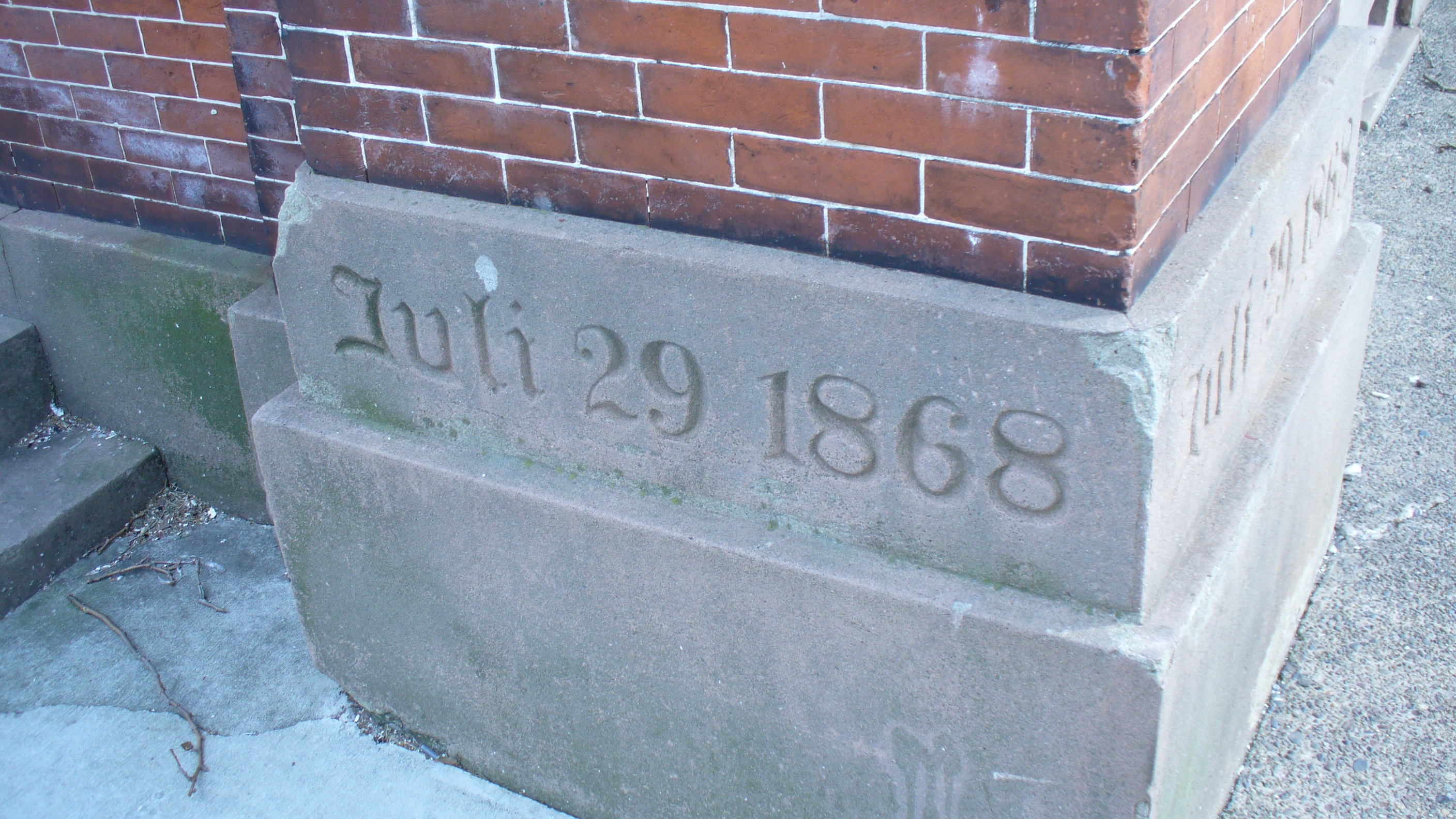Image Source: Great Philadelphia Church (Emanuel Evangelical German Lutheran)
In today’s world of construction, the concept of the cornerstone has mostly lost its significance. If there is a cornerstone as part of the construction of a building, it is typically an ornamental piece, simply commemorating the construction date. At times, it is even used as a time capsule of sorts. However, in the years past, the cornerstone held a much more pivotal role in the entire construction of the building. “The cornerstone is the first stone set in the construction of a masonry foundation, important since all other stones will be set in reference to this stone, thus determining the position of the entire structure.” (Wikipedia)
Nowadays, with all of our sophisticated tools, equipment and software, there is little need for a physical reference point being embedded into the foundation of our construction, even though physical markers are still used at the beginning phases of the construction of modern buildings. Yet the concept of the cornerstone, or an absolute anchor point, is still a fundamentally important part of the building process.
Last week, I talked about building a foundation. There is an important need to “right-size” your EA program at the beginning so that it will progress smoothly and start producing recognized value from the beginning. However, through this week’s readings and the sample presentation, it was clear that it is just as important to establish the right support structure within the organization. During the launch of the EA initiatives, we need to carefully build the “cornerstone” of our EA foundation:
- Identify the key stakeholders from within the organizations leadership, as well as other levels of the organization, who will support the initiative.
- Establish the credibility of the EA initiative upfront, gaining the buy in of our key stakeholders and business leaders.
- Build a rapport with other departments within the organization, so as to establish cooperation instead of competition.
- Develop a clearly defined road-map from the current state to the future state of the organization.
- Create a distinct list of expectations, metrics, principles, strategies and key roles that will be used throughout the course of the initiative which will set goals for the EA team to work toward, but also allow progress to be measured.
By working toward a successful initiative launch, we establish our “cornerstone” which establishes a firm and distinct foundation for the entire EA program.
#ea #ea872 #foundations
